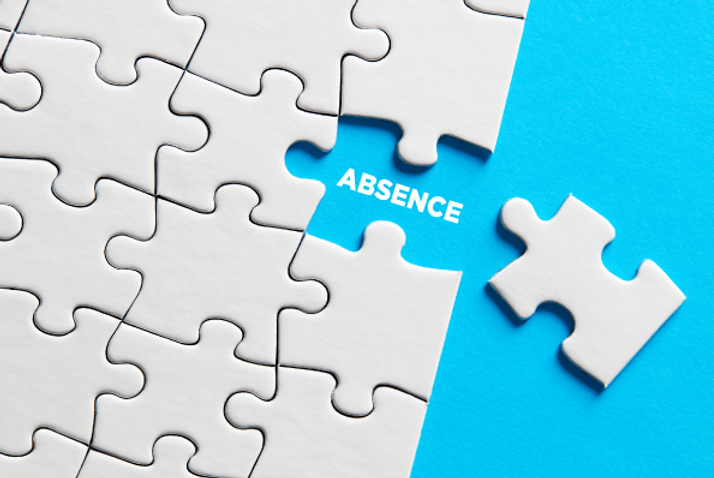
Can planned changes to fit notes really reduce sickness absence?
With record numbers of fit notes being used to sign people off sick, will stopping GPs from issuing them really help employers?
Record numbers of employees are no longer working due to sickness, with 94% of the 11 million ‘fit notes’ issued in the UK last year used to sign people off work. The economic cost is now so great that GPs may soon be stripped of their ability to issue fit notes at all
This is in no way a negative reflection on GPs, who were never going to be able to fully understand how someone’s health might impact on their ability to do a particular job during a five-minute consultation. Let alone what adjustments an employer – they had never had the opportunity to talk to – might be able to make to keep them in work with while they recover.
But who will support the growing number of employees who are no longer fit to work at full capacity and will the reforms work? Plus, what more can employers be doing to stop people from getting to the point where they want to be signed off work in the first place?
Three ways employers can reduce sickness absence
1. Stop people from going off sick in the first place
2. Use specialist ‘work and health’ professionals to identify reasonable adjustments
3. Address organisational barriers
Free training session: A framework for reducing sickness absence 10am Tuesday 4th June 2024
Join our clinical experts, led by our medical director, Dr Bernard Yew, for a free 45-minute training session on ‘a framework for reducing sickness absence’.

During this 45-minute session (with 15 mins of Q&A afterwards), you will learn:
- What’s driving the UK’s ‘sicknote culture’ and the importance of keeping people in work
- The role of managers for supporting people before they become too sick to work
- How to use reasonable adjustments to reduce sickness absence by two-thirds
- The value of biopsychosocial models for supporting people to return to full duties
- Ways to address organisational factors contributing to high levels of sickness absence
Free training session: A framework for reducing sickness absence 10am Tuesday 4th June 2024
–Seamless access to multi-disciplinary clinical teams to help employees address issues ranging from mental health to MSK before they become too sick to work
–Onsite clinicians to drive wellbeing initiatives and the culture change needed to encourage employees to change lifestyle to prevent being signed off
–Day-one absence and triage service to help employees address any issue limiting their ability to attend work, in a way that has helped clients to more than halve absence
–Manager-friendly return to work service to consult with managers before assessing the employee to deliver an actionable return-to-work plan that reduces the absence
–Data-driven wellbeing strategies based on your occupational health data and automated live reporting to reduce wellbeing risks in the areas that most matter
For more information, please contact us via info@pamgroup.co.uk or 01925 227 000
Related Insights
Flu season is coming early – is your workplace ready?
How to respond to the rise in employee drug and alcohol use
Reducing work-related illness with health surveillance
Occupational health insights on keeping your people healthy and productive
Want to have our latest research, case studies and opinions
delivered straight to your inbox?





